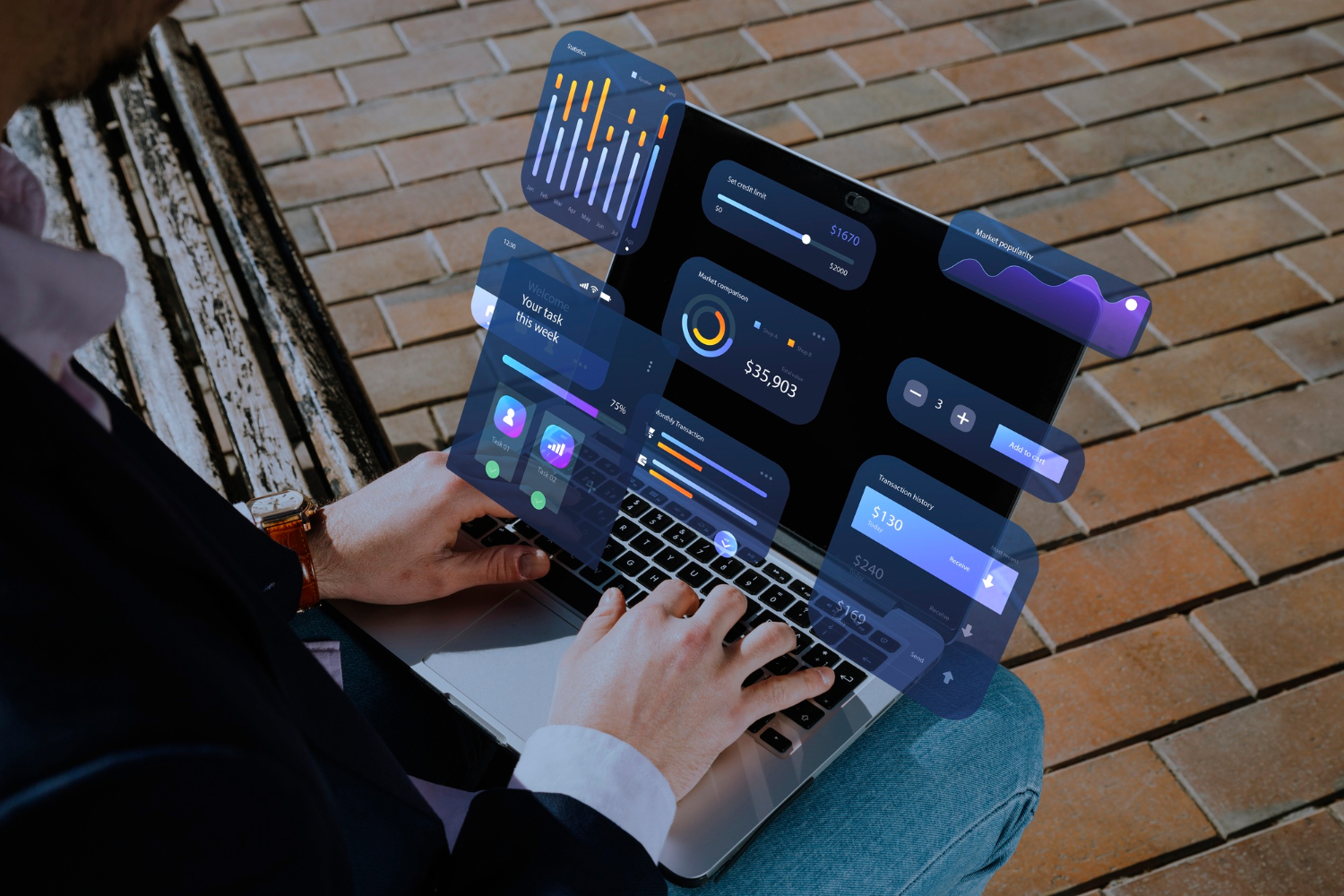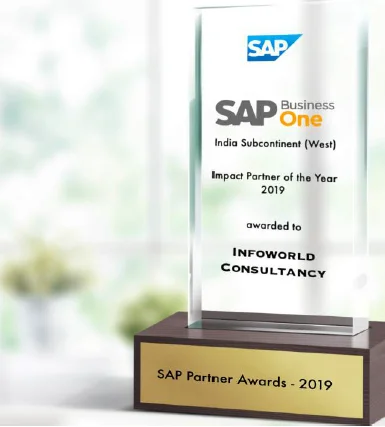Power BI complements SAP B1 by:
- 1. Offering drag-and-drop dashboards that update in real time
- 2. Allowing drill-downs into sales, finance and operational KPIs
- 3. Combining ERP data with external sources such as CRM tools, e-commerce platforms or even Excel sheets
- 4. Enabling mobile access so leaders can view dashboards on the go
For Indian SMEs, this is especially powerful because compliance-heavy environments and competitive markets demand quick decisions. A trading company can watch inventory movements daily, while a pharma firm can track batch production and quality metrics in real time.



